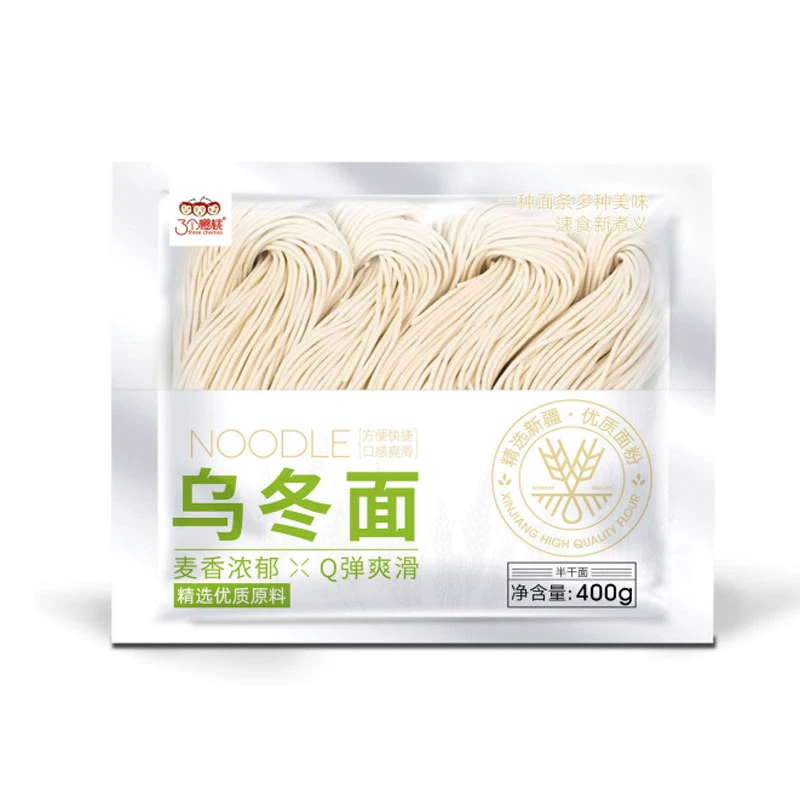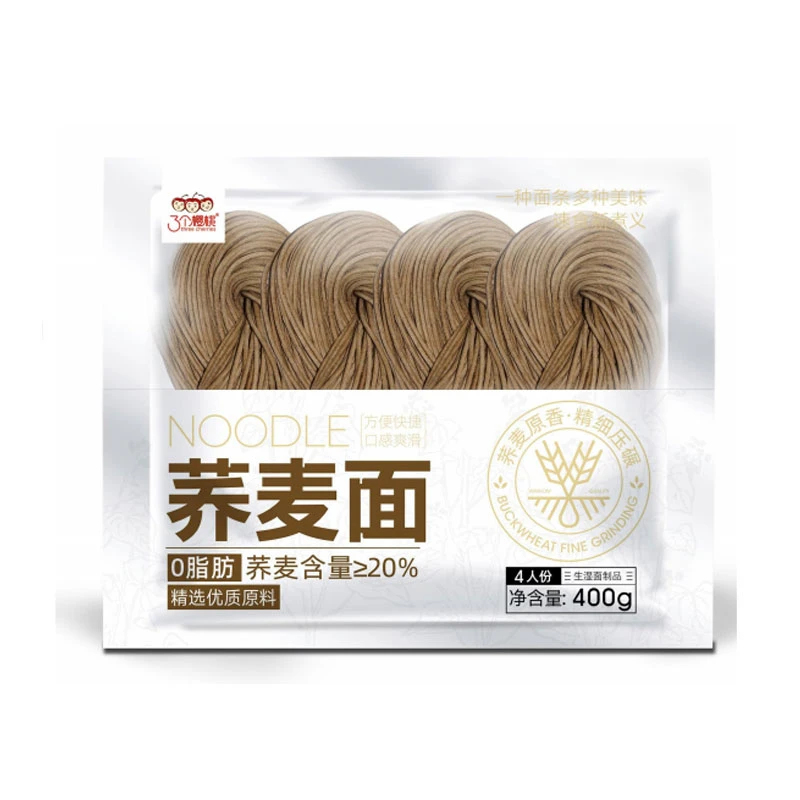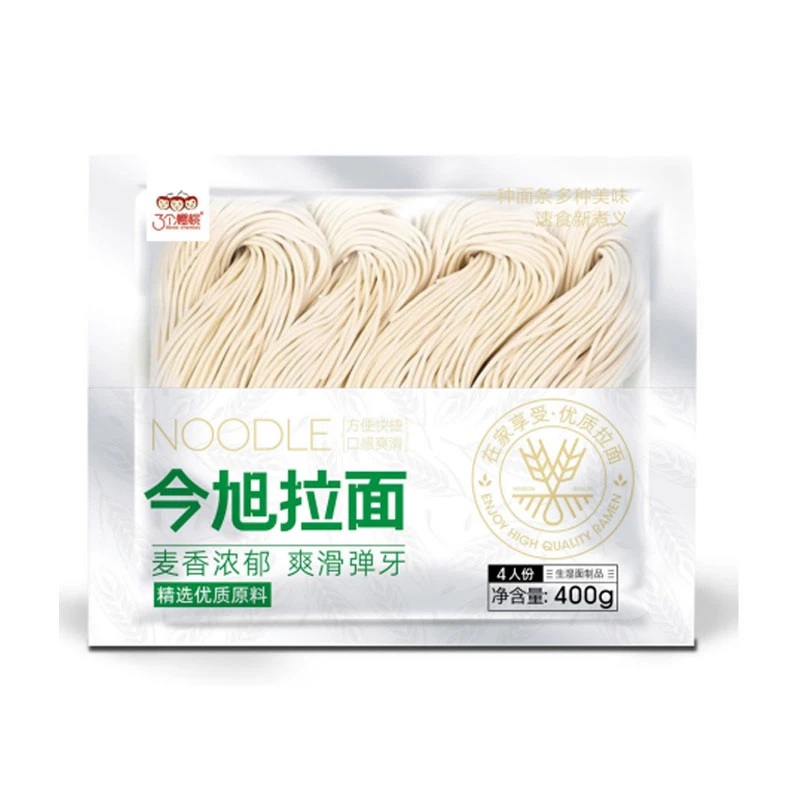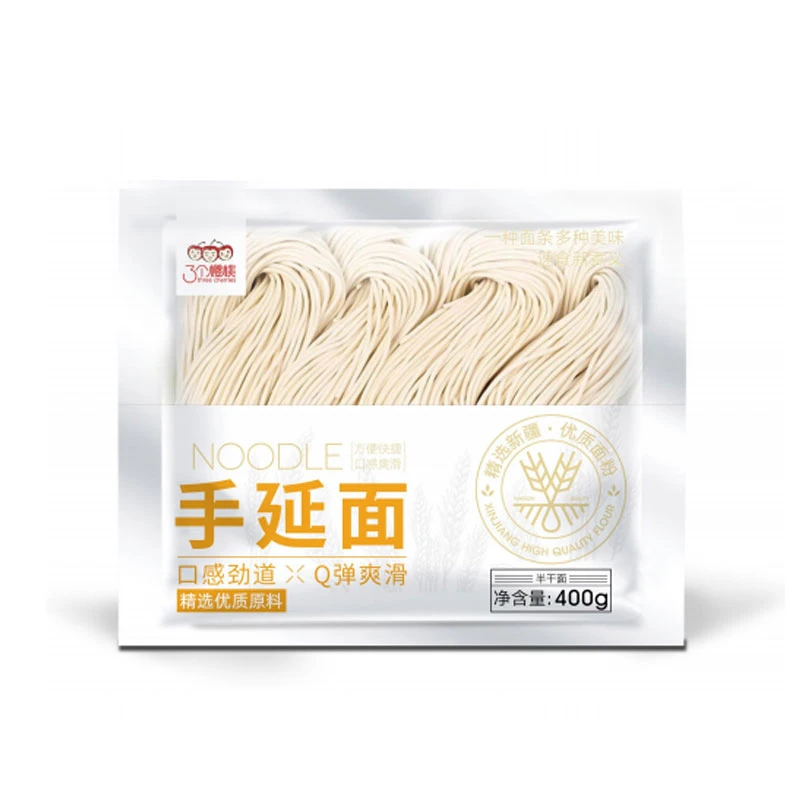Improving Foodservice: A Wholesale Buyer’s Guide to Fresh Pasta
In today’s foodservice landscape, sourcing fresh pasta wholesale has become a game-changer for restaurants, hotels, and gourmet retailers aiming to elevate their offerings. Unlike dried alternatives, fresh pasta delivers unmatched texture, richness, and authenticity—qualities that discerning diners have come to expect.

Fresh pasta wholesale suppliers cater to a range of culinary establishments, offering everything from basic pasta sheets to intricate shapes like orecchiette, gnocchi, and agnolotti. These products often come frozen or chilled to maintain peak freshness and flavor integrity, allowing chefs to prepare dishes quickly without compromising quality.
Partnering with fresh pasta wholesale distributors helps restaurants reduce labor while ensuring consistency. No more rolling dough or worrying about uneven cuts—these suppliers provide ready-to-cook pasta crafted with precision by expert artisans or state-of-the-art machinery designed to mimic hand-rolled techniques.
Furthermore, many fresh pasta wholesale companies have begun offering custom solutions, letting chefs select flours, add inclusions like herbs or squid ink, and tailor the pasta's thickness and cut. This level of personalization empowers culinary teams to differentiate their menus while staying true to their brand.
If you want to stay competitive in a saturated market, sourcing high-quality fresh pasta wholesale is a smart and strategic investment.
Fresh Pasta: A Return to Authenticity and Flavor
There’s a reason why top chefs and home cooks alike are turning to fresh pasta—the difference is in the taste. Crafted from simple ingredients like durum wheat flour and eggs, fresh pasta delivers a texture that’s tender yet al dente, making it the perfect vessel for light cream sauces, butter-based reductions, and rich ragùs.
The world of fresh pasta is incredibly diverse. Fettuccine, tagliatelle, and pappardelle remain crowd favorites, while filled varieties like tortellini and ravioli bring creativity and depth to any menu. What sets fresh pasta apart is not just its handmade charm, but its ability to cook quickly while absorbing sauces more effectively than dried varieties.
Today’s market has seen a rise in specialty fresh pasta products, from gluten-free and vegan varieties to those infused with vegetables or herbs. This innovation makes it easier than ever to accommodate dietary preferences without sacrificing taste or texture.
Culturally, fresh pasta is the heart of Italian cuisine. It’s about tradition, family, and connection—a symbol of regional pride that transcends time. Whether enjoyed at a high-end bistro or prepared lovingly at home, fresh pasta brings people together in a way that few other foods can.
Fresh Pasta Maker: Artisans of the Pasta Renaissance
At the core of every exceptional pasta dish lies the craftsmanship of a dedicated fresh pasta maker. These skilled artisans blend technical precision with culinary intuition, transforming flour and eggs into delicate strands, sheets, or shapes that are works of edible art.
A fresh pasta maker can be a lone home cook mastering their grandmother’s recipes or a team of professionals producing handmade pasta for restaurants and retail. What unites them is a passion for quality and authenticity. The tactile experience—kneading the dough, rolling it to the right thickness, and shaping it with care—is central to the craft.
Modern fresh pasta makers use both traditional and contemporary tools: manual rollers, electric extruders, ravioli stamps, and dough mixers. Yet even with automation, the human element remains essential. The decision to adjust moisture levels, rest time, or flour types distinguishes an average batch from an extraordinary one.
Many fresh pasta makers are gaining recognition beyond Italy, operating boutique shops, supplying to gourmet grocers, or offering pasta-making classes and subscriptions. These innovators are redefining the global pasta scene, making traditional techniques accessible to new generations of pasta lovers.
Becoming a fresh pasta maker is more than a profession—it’s a calling that honors centuries of Italian culinary heritage.
Imported Italian Pasta: A Legacy of Excellence Across Borders
There’s no substitute for the flavor and integrity of imported Italian pasta. Produced in Italy using strict standards and centuries-old techniques, these pastas deliver unparalleled quality, consistency, and authenticity. For chefs and consumers alike, imported Italian pasta represents a true taste of Italy.
What makes imported Italian pasta so special? It starts with the ingredients—primarily 100% durum wheat semolina, known for its high protein and golden color. Then there’s the method: traditional bronze die extrusion gives pasta a rough surface that clings perfectly to sauces, while slow drying at low temperatures preserves the wheat’s flavor and aroma.
Brands from regions like Gragnano, Emilia-Romagna, and Campania carry PDO (Protected Designation of Origin) labels, ensuring their products meet European Union standards. This guarantees that every bite of imported Italian pasta delivers the same taste and texture that Italians have cherished for generations.
From classic spaghetti to lesser-known regional shapes like trofie or strozzapreti, imported Italian pasta offers diversity for creative kitchens. These products are now more accessible than ever through online retailers, specialty shops, and fresh pasta wholesale suppliers who combine domestic production with Italian imports.
Hoʻohui ʻia imported Italian pasta into your offerings isn’t just about taste—it’s about sharing a story, culture, and tradition that spans hundreds of years.
Fresh Pasta Wholesale and Imported Pasta: A Synergy for Modern Culinary Innovation
As dining experiences become more curated and intentional, the synergy between fresh pasta wholesale a imported Italian pasta is reshaping the future of food. Chefs and restaurateurs are combining the convenience of bulk orders with the authenticity of artisan imports to deliver memorable dishes that reflect both heritage and innovation.
Restaurants may opt for fresh pasta wholesale for high-traffic menu items like fettuccine Alfredo or stuffed ravioli, ensuring consistency and ease of service. Meanwhile, they may use imported Italian pasta for seasonal specials or traditional regional dishes, emphasizing quality and authenticity.
Even home cooks are catching on, exploring artisan pasta kits and subscriptions that include both fresh pasta and select imported Italian pasta varieties. The growth of online marketplaces makes it easier than ever to buy fresh pasta, collaborate with a fresh pasta maker, or explore new types of imported Italian pasta with just a few clicks.
Culinary schools, hospitality groups, and fine-dining venues are also leveraging this dual approach to teach students and chefs about the differences and appropriate uses of each pasta type. This blending of global sourcing and local craftsmanship is ushering in a new era of pasta appreciation—one where the quality of the product speaks louder than trends.
Whether you run a restaurant, operate a gourmet grocery, or simply love cooking at home, combining fresh pasta wholesale a imported Italian pasta unlocks new opportunities for creativity, flavor, and business growth.
FAQs About Fresh Pasta
What’s the best way to store fresh pasta purchased wholesale?
Fresh pasta from wholesale suppliers typically arrives frozen or chilled. For frozen pasta, store it in a commercial freezer at –18°C (0°F) and cook directly from frozen for best results. If chilled, it should be refrigerated and used within 3–5 days. Always follow the supplier’s storage recommendations for optimal quality.
How is fresh pasta different from imported Italian dried pasta?
Fresh pasta is made with eggs and flour and is soft and perishable. It cooks quickly and is ideal for creamy or light sauces. Imported Italian pasta is usually dried and made from semolina and water. It has a firmer texture and a longer shelf life, making it better suited for hearty sauces and slow-cooked dishes.
What should I look for in a quality fresh pasta maker?
A reputable fresh pasta maker should use high-quality ingredients, demonstrate consistency in shape and thickness, and understand pasta pairings with sauces. Look for makers who use traditional techniques, offer customization, and maintain strict hygiene and freshness standards. Transparency and sourcing ethics are also key indicators of a quality maker.
Is imported Italian pasta worth the price for restaurants?
Absolutely. While imported Italian pasta may cost more, its superior texture, flavor, and story add value to the dining experience. Customers appreciate authenticity, and offering imported pasta can differentiate your menu, justify higher pricing, and create trust in your commitment to quality ingredients.
Can I mix fresh pasta and imported pasta on the same menu?
Yes, combining fresh pasta a imported Italian pasta can diversify your offerings and highlight different textures and regional influences. For example, use fresh pasta for house specials and filled options, and imported Italian pasta for classic dishes that benefit from a firmer, sauce-grabbing noodle. This strategic pairing allows you to cater to a wider audience and showcase culinary versatility.
-
Wholesale Ramen Noodles SuppliersNūhouAug.27,2025
-
Nā Noodle Soba OrganicNūhouAug.27,2025
-
Organic Ramen Noodles BulkNūhouAug.27,2025
-
Dragon Chuka Soba NoodlesNūhouAug.27,2025
-
A Timeless Treasure of Northwestern ChinaNūhouAug.27,2025
-
Types of Cold NoodlesNūhouAug.27,2025
-
Soba Noodles for SaleNūhouAug.27,2025
E nānā i kēia huahana hou a mākou

















































































































